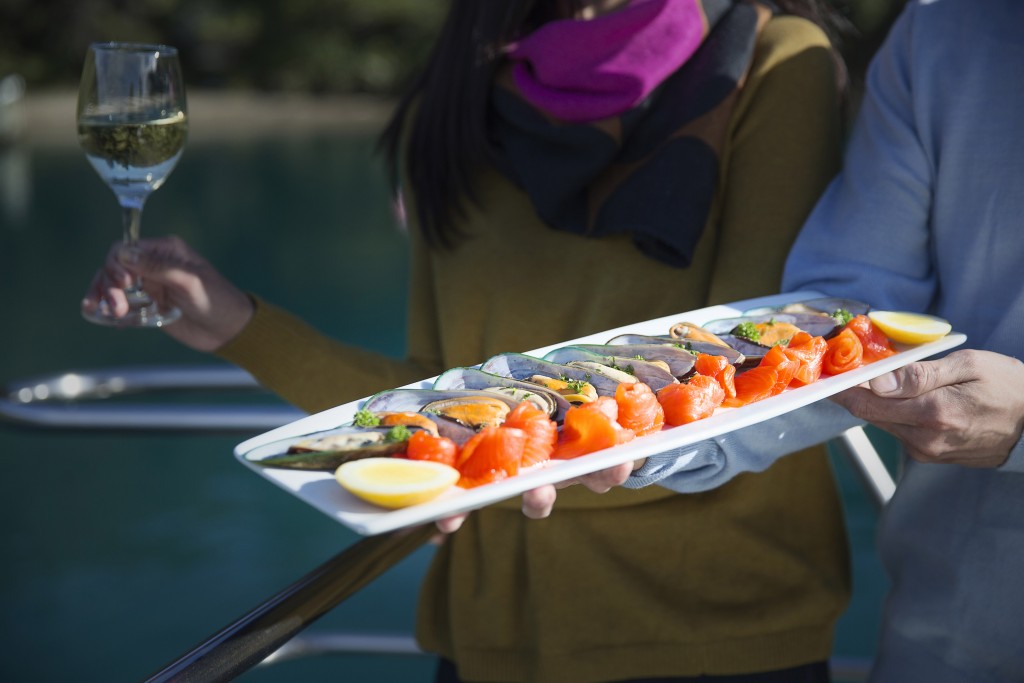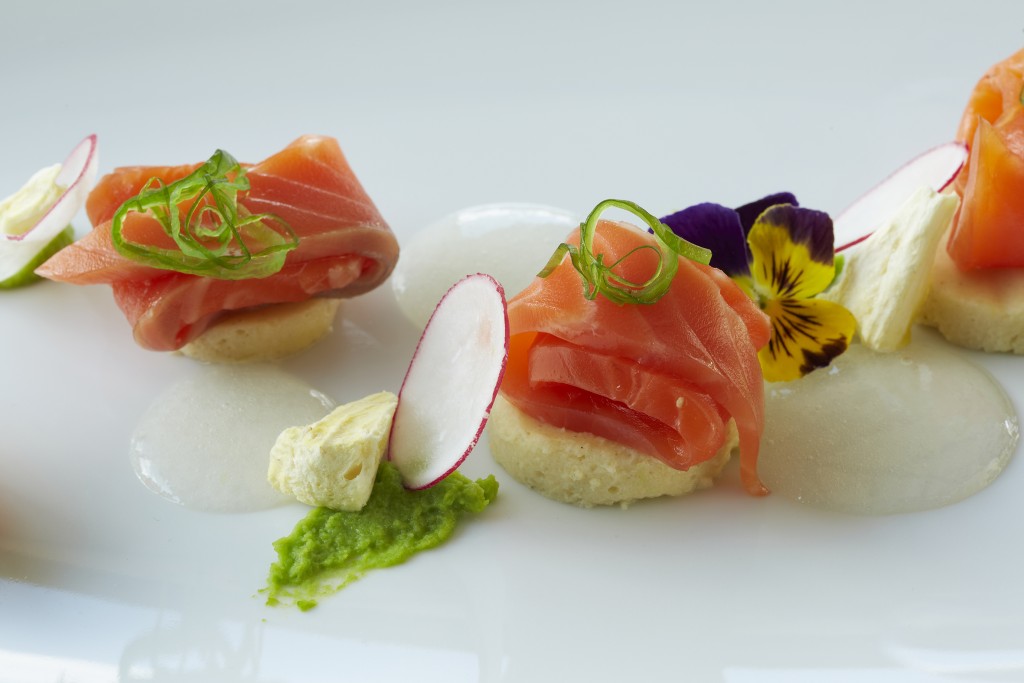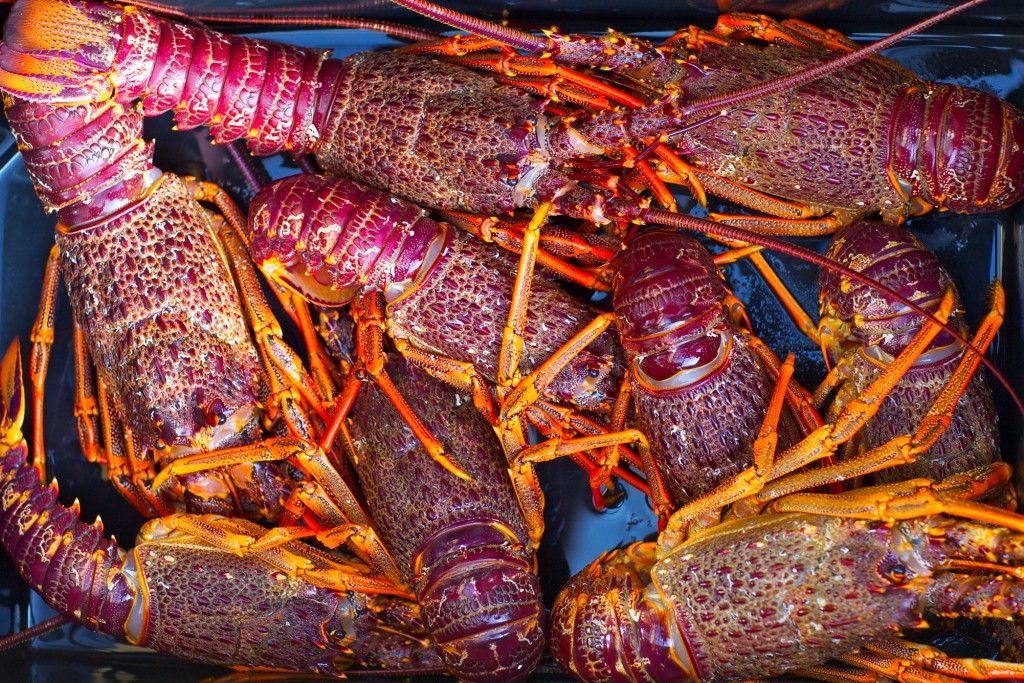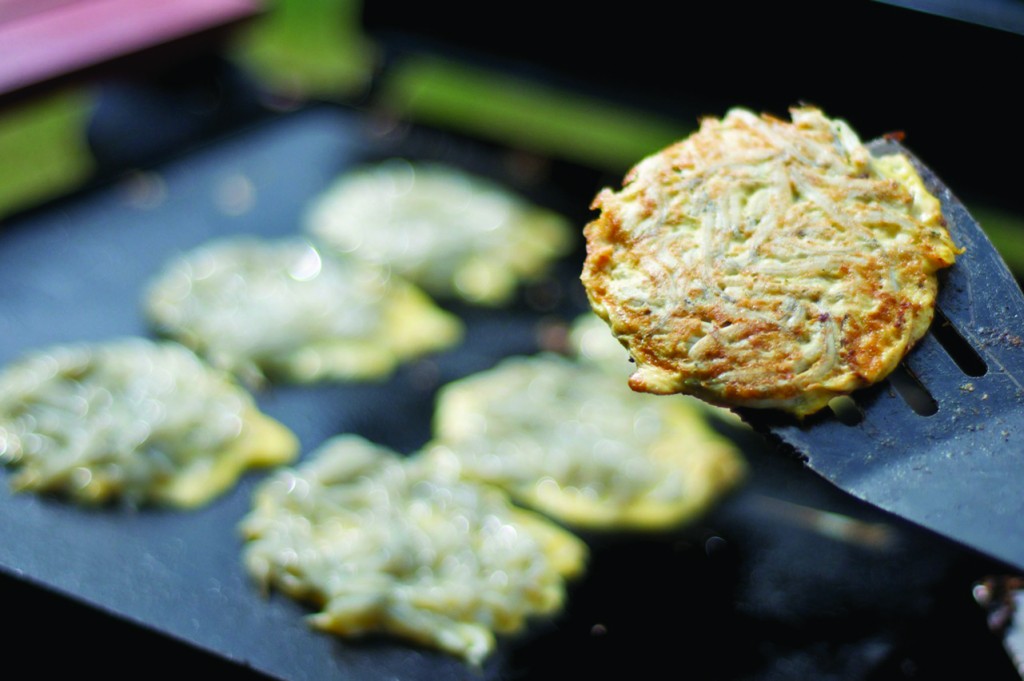New Zealand is finicky about ecotourism, which means that the coastline is pristine and so the seafood on offer is fresh and top-quality. Modern Kiwi cuisine draws on Californian and Australian cooking, and flavours from the Mediterranean, Asia and the Pacific Rim and scores high on presentation. So what should you try when in Kiwi country? You’re spoilt for choice but here are a few delicacies you simply can’t miss:
Green-lipped mussels in Marlborough
A New Zealand specialty, this particularly large and flavoursome mussel is easily distinguishable for its dark green shell with a bright green lip. You can sample them anywhere in New Zealand all year, but try the best at the source around Marlborough, where 80 per cent of New Zealand’s mussel production is based. Freshly steamed mussels are best enjoyed with a glass of Sauvignon Blanc.
Mt Cook Salmon
New Zealand accounts for over half of the world production of king salmon which offers the highest natural oil content of Omega-3s which benefit both heart and joint.
In the Mackenzie Basin of New Zealand’s Southern Alps, Mt Cook Alpine Salmon’s Tekapo site at 677 m above sea level is the highest salmon farm in the world. It’s fed year-round by cold, fast flowing water from mountain glaciers and has been recognised as one of the world’s most sustainable salmon farming operations. Mt Cook Alpine Salmon is served as sashimi, grilled and smoked in many fine dining restaurants around New Zealand. The New Zealand salmon season runs from early October through to late April.
Mt Cook Alpine Salmon is a 3.5-hour drive from Christchurch, or 2.5 hours from Queenstown. It is located in Mackenzie Country in the South Island.
Crayfish in Kaikoura
Kaikoura means ‘eating crayfish’ in Maori (kai = food/eat, koura = crayfish). New Zealand crayfish is marketed as lobster in some overseas markets, but, these are two different species. While crayfish ressembles lobster, it is much smaller, averaging 5-15cm (2-6 inches) in length. A common way to cook crayfish is to boil whole, split and serve with a seafood dressing.
Kaikoura, which sits between ocean and mountains on the South Island coastal highway, is famous for its diverse marine wildlife including whales and seals, and some of the best crayfish in the world. Kaikoura is two hours by road from Christchurch, close to the Waipara wine region and the alpine spa village of Hanmer Springs.
West Coast Whitebait
New Zealand whitebait is actually the juvenile stage of five native fish species – one of the most sought after seafood delicacies in the country. Whitebait is found in many New Zealand rivers but catching them is an art. Fishermen need the appropriate net and loads of patience to score enough of the tiny fish during the short fishing season (mid-August until late November). The largest volume of whitebait is found in the rivers of the South Island’s West Coast. The most popular way of cooking whitebait in New Zealand is the whitebait pattie.
Bluff Oyster
Large, plump and juicy, New Zealand oyster is reputed to be one of the finest in the world. Bluff, a 30-minute drive from Invercargill town centre, is the home of oyster production in New Zealand. Only a certain number of Bluff oysters are carefully harvested from the cold sea in New Zealand’s ‘deep south’ each season, so the industry can maintain sustainable stock for the future.
Make a trip in May to attend the community-run Bluff oyster Festival and try to win the oyster eating and shucking (removing the shell) competitions! Fresh, raw and straight from the shell is a ‘neat’ way to enjoy the Bluff oyster. You could also try the Bluff oyster shots!






